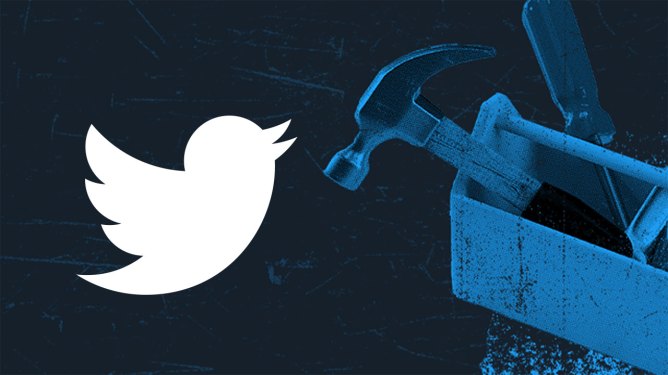As Twitter’s legacy blue check mark system finally comes to an end, the social network’s new paid-for verification system is causing more than a little chaos. The system, which was introduced by CEO Elon Musk as part of his efforts to revamp the platform, has been met with resistance from some users, including celebrities who refuse to pay for their own verification.
However, another significant development has emerged from the carnage: anyone looking to advertise on Twitter will now seemingly have to have a verified account. Several Twitter users, including social media guru Matt Navarra, have posted screenshots of an email reportedly sent by Twitter, which states that starting from April 21 (today), verified checkmarks are required to continue running ads on the platform.
The Email Requirements for Advertising
The email reads:
Building a better Twitter through verification
Hello!
Starting April 21, your @account must have a verified checkmark or subscribe to either Twitter Blue or Verified Organizations to continue running ads on Twitter. Business accounts spending in excess of $1000 per month already have gold checks or will soon, and they’ll continue to enjoy access to advertising without interruption at this time.
This change aligns with Twitter’s broader verification strategy: to elevate the quality of content on Twitter and enhance your experience as a user and advertiser. This approach also supports our ongoing efforts to reduce fraudulent accounts and bots.
The Requirements for Verification
Subscribing to either of these services means you have been verified by Twitter as a real person and/or business. Amongst other features, you’ll have a more visible organic presence and a broader range of creation tools. We’re excited for you to get started and to benefit from a superior Twitter experience.
For Twitter Blue, sign up here. For Verified Organizations, apply here.
The Impact on Advertising Spend
It’s clear that Twitter still wants (and needs) advertising dollars. The platform’s top advertisers, those spending $1,000 each month, already receive an official gold check-mark gratis, indicating that they are an official business account.
There is nothing official yet on Twitter’s ads account page to indicate that only verified accounts will be able to advertise, but there is some sense in requiring verification for advertisers if it reduces spam or deters other bad actors from the platform. However, for this to be properly effective, it would surely need rigorous vetting beyond requiring a credit card and phone number.
The Deterrent Effect on Advertising Spend
While Musk has been pushing subscriptions as a core money-driver as advertisers fled the platform, it’s clear that Twitter still wants (and needs) advertising dollars. However, for this move to be successful, it would need to be properly implemented and communicated to users.
The Exceptions to the Rule
One exception here will likely be accounts with a grey checkmark, which are reserved for official government and related accounts, such as agencies, embassies, parliaments, and so on.
At any rate, it’s difficult to see how this move will do anything other than dissuade advertising spend on Twitter. TechCrunch reached out to Twitter for comment, but at the time of writing we have yet to receive a response (aside from the customary poop emoji, of course).
The Future of Advertising on Twitter
As Twitter continues to evolve and change, it’s clear that the platform is trying to find new ways to attract and retain users. However, for this move to be successful, it would need to be properly implemented and communicated to users.
In conclusion, Twitter’s new verification system has caused chaos among some users, and now advertisers must also be verified to continue running ads on the platform. While there is some sense in requiring verification for advertisers, it remains to be seen how this move will affect advertising spend on Twitter.




